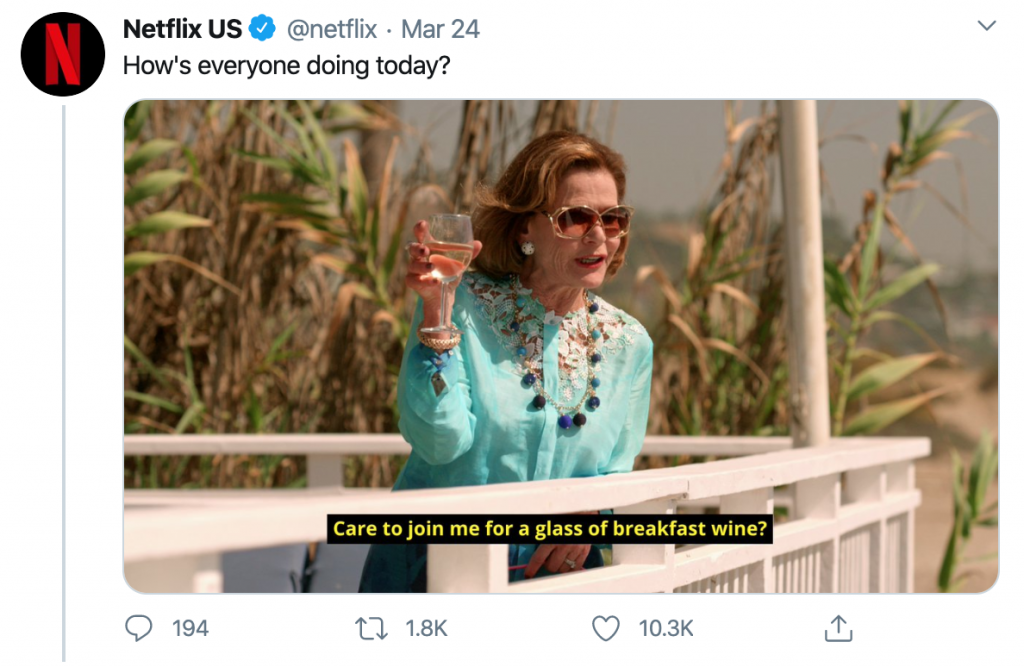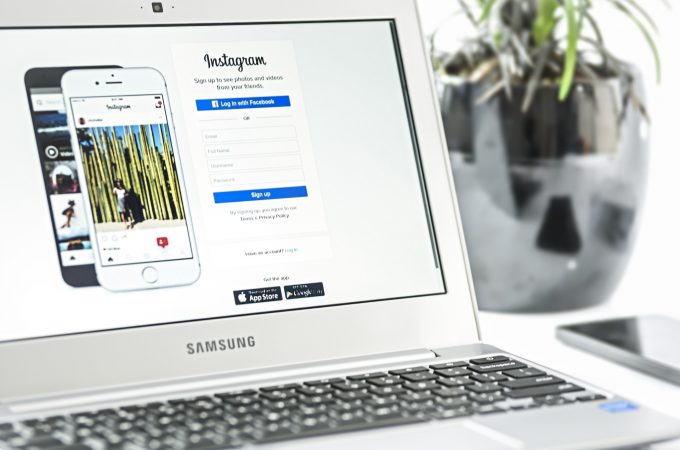
Brands, stop doing these 8 things on social media
People love to hate things and those that are unhappy typically have the loudest voices on social media. Researchers at Beihang University agree that anger is the fastest spreading emotion online, and add that most users set off a chain reaction of anger by trying to get others outraged on a certain issue too.
Just look to any airline’s social media accounts and see how many people will comment on an upset customer’s post with their own stories and annoyance at the airline.
Customer service has moved online and social media has given every customer a place to air their grievances with brands they’re having problems with, or just brands they hate in general.
While you’re bound to have some negative online interactions from time to time, social media managers can take extra steps to make sure they’re not the ones inciting the anger or alienating followers.
Improve your reputation on social media by not doing these eight things people hate on social media.
1. The me, me, me song and dance
Yes, people are interested in buying from your brand if they follow you, but they don’t want to see sales pitches and promotional offers 100% of the time.
Follow the 80/20 rule with your content to prove that you’re worth following. The 80/20 rule designates that 80% of your content should be educational, informational, or fun, and the other 20% can be promotional posts.
Bring some balance to your brand’s social media posts by sharing engaging and relevant content to earn their trust and respect, and then encourage them to take advantage of special offers or new sales.
2. Robot brands
We all know there are real people running brands’ social media accounts and we expect a human element to the posts. But many brands are turning to AI and bot programs to automate certain social media tasks. Be very careful with this!
I’ve seen brands that use these programs to retweet any post that uses a certain hashtag… even when the tweet in question is disparaging. Good job, brand!
Be human and inject some personality into your brand. Netflix and Wendy’s are actually two great brands to check out to see how they have fun with their followers and act like people.


Be authentic with how your brand interacts with others online as people can tell when brands are being fake and trying too hard and most will hate that more than brands that are simply boring.
3. Same sh*t, different platform
The social media networks know you’re using multiple platforms to connect with your followers and customers, and they tried making it easy to push the same content to different channels. Try to avoid doing this if you can!
Pushing content from Instagram does not look good on Twitter and basically tells your Twitter audience they’re not good enough for their own version of that social media post. It looks both lazy and like you really don’t care about your followers.
Create different posts for each platform. I’m not saying you can’t share the same link or image, but update the caption, add hashtags, make sure the image works well on every account, and even use different lingo, like double tap or like.
4. Playing the blame game
Criticism is tough, especially when you love your brand and are invested in your business. But you have to learn how to apologize on social media and not always shift the blame.
I’ve seen some seriously awful “apologies” on social media and review sites that basically call the customer a liar or don’t even address the problems the customer brought up and simply state how amazing the brand is regardless of the customer’s review.
Those brands might as well have replied with, “Well, they’re wrong, not us! Other people love us! This customer is just being mean. Their complaints are invalid because we’ve won awards and the customer isn’t being honest. We’re open to criticism – just not from this mean, dishonest customer.”
Blaming the customer is not going to win over other potential customers. Not addressing the real problems or pretending they don’t exist do not make your brand look good.
When it comes to responding to angry customers and criticism, it’s best to:
- Take responsibility
- Acknowledge the customer’s complaints
- Try to avoid giving excuses
- State how you’ll do better or improve what went wrong
- Ask for the chance to talk offline to see what can be done to make the customer feel better
5. Jumping on that trending train
It’s a little cringey seeing some brands share posts around a trending topic just to be hip and fun even though they have no business joining the conversation. Trends and crises are not times for sales pitches or to put your brand in front of others.
Make sure your brand fits the trend, you have something of value to add to the conversation, and you’re being sensitive if it’s a touchy topic.
6. Being a creep
This one kind of relates to the being robotic one as brands are constantly looking for mentions and sometimes join conversations they weren’t invited to. Don’t act like Big Brother and show that you’re always listening and watching if no one invited you to the party. Joining a conversation about your brand is tempting but can quickly become creepy if people don’t want you to be involved.
If a user tags you or asks your brand directly for assistance, by all means go for it, but be careful with jumping into threads that no one asked you to join.
7. Trying too hard for engagement
Not only is engagement bait frowned upon by networks like Facebook, it also makes your brand seem desperate. Don’t ask people to reply with a specific reaction, tag their friends, or worse, the dreaded “share if you agree.”
Be better.
Get your engagement organically by asking good questions, not bait ones, sharing funny or stimulating content, and being a trustworthy brand that people want to share with their friends and family.
Do not beg for engagement.
8. Bad hashtags
When it comes to hashtags, know how to use them, where to use them, and why you’re using them. Hashtag spam is a real thing and quickly turns off potential customers and followers.
Have a strategy in place for how your brand tags its content with hashtags, and always, always take a close look at hashtag campaigns to make sure it can’t be taken in the wrong way. Looking at you, #RIMjobs, #susanalbumparty, and #CLitFest.
Another word of caution is to avoid bashtags, like the failure that was #McDstories. Instead of fun stories about why people like McDonald’s, it became people sharing horror stories and customer complaints. A similar thing happened when the New York police department asked for people to share photos with #myNYPD and got a whole lot more than they bargained for.
Know the sentiment your customers have online before opening the door to a campaign that could turn against your brand or make a mockery of it.
Did I miss anything that brands need to stop doing on social media? Tell me in the comments below or on Twitter!




